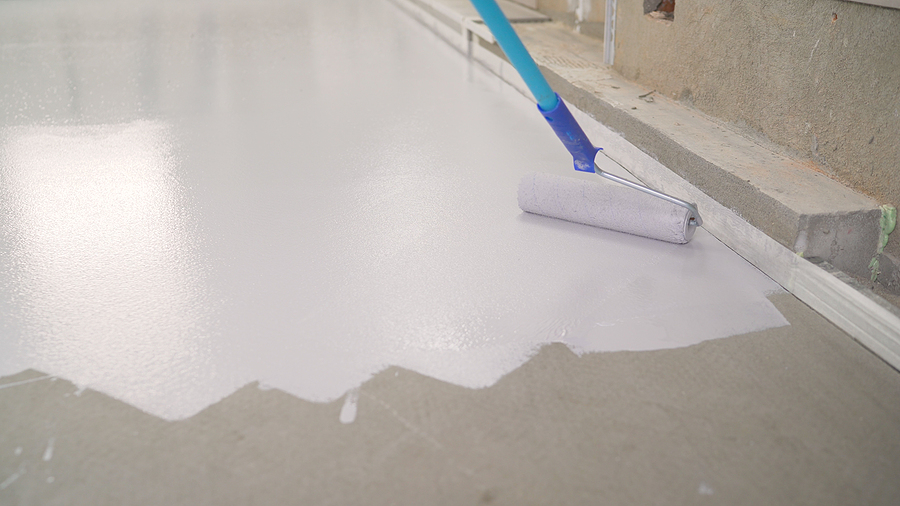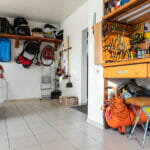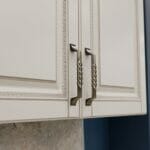A garage is a fantastic place to store the extra stuff you don’t have room for inside your home. It’s also a great space for hobbies and crafts. However, if you want to paint or do other projects in your garage, it can be tricky! In this blog post, we’ll take a look at all of the dos and don’ts when it comes to painting your garage!
1. Do go for the Right Paint
Table of Contents
When painting your garage, it is crucial to make sure you use the right paint. If not correctly applied, the wrong type of paint could lead to peeling or rusting on parts of your ceiling and walls. When choosing the appropriate paint for your garage, you should be aware of the type of paint used for most garages. Concrete paints are often recommended for use on a concrete-based structure as they tend to adhere well and can provide a long-lasting finish due to their durability.
2. Don’t paint a dark color on the inside of your garage unless you have plenty of natural light
Depending on the size of your garage, it’s probably best to stay away from painting a dark color on the inside unless you have plenty of natural light. A large space can swallow up deep colors and appear even darker in contrast with lighter walls. To help prevent this from happening, use bright paint or wallpaper instead.
3. Do prep all surfaces by removing dirt and grease with a deglosser and then washing it down with soap and water
It’s essential to remove any dirt or grease from your garage floor before you begin to paint. You can do this using a deglosser, like an industrial-strength cleaner that removes grime and oils without damaging the concrete. Once it has been cleaned down with soap and water, let it dry thoroughly for several days before painting begins.
4. Don’t paint in hot weather
When it comes to painting the interior of your home, a common mistake many homeowners make is waiting until summer to paint. While it may seem like common sense that you shouldn’t paint in hot weather because humidity and temperatures soar during this time, some people do just that – or at least they start their project before considering how these conditions can affect the outcome.
When it’s too hot outside, there are two problems: one has to do with technical details related to getting good results. At the same time, the other is about personal safety for you and everyone else involved in your project. When exposed long enough to high-temperature levels and bright sunlight combined with intense ultraviolet light from sunshine (which reflects off surfaces such as windows), oil-based paints can start to harden and take on a dull sheen. Oil-based paint takes longer to dry than water-based, so you will have trouble avoiding lap marks when the weather is too hot.
5. Don’t forget safety precautions when Painting
Source: https://www.pexels.com/photo/couple-painting-a-wall-7218560/
Safety precautions are always necessary. But when you’re painting in a garage, here’s how to be extra careful:
- Only allow one person per ladder at any time
- Use drop cloths or tarps on the floor and work tables so wet paint doesn’t drip everywhere
- wear goggles and a respirator mask
Many people assume that just because they can paint their house themselves (and save money) with minimal experience, it will be easy to do a great job. However, there is more than meets the eye as far as doing a professional-grade garage painting project. If homeowners want to avoid potential pitfalls and ensure success, then hiring pros for this type of task may make all the difference when comparing costs versus benefits. Mentioned in this blog post are a few essential tips for homeowners who fail to hire pros and want to paint the garage themselves.
Image Source: BigStockPhoto.com (Licensed)
Related Categories: Home








